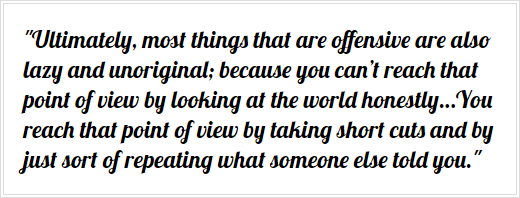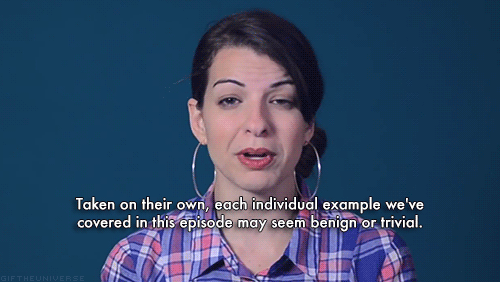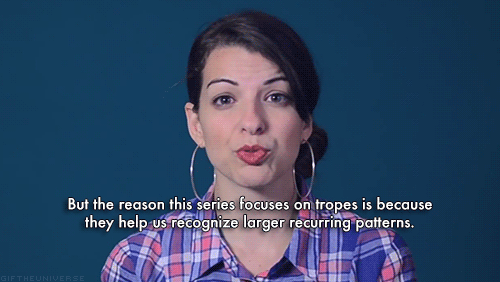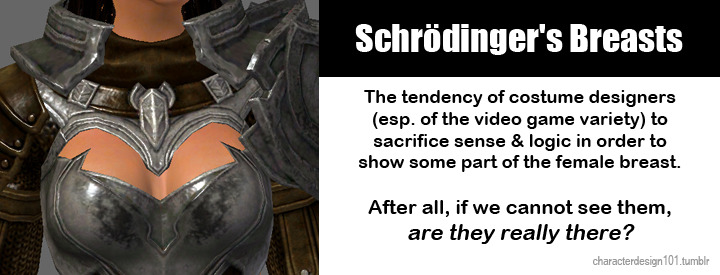‘political correctness kills creativity’ if you can’t create something without furthering the oppression of minorities, you aren’t a very creative person.
Exactly. It is funny how people say this and don’t realize the irony. As in, if you cannot visualize people different from you without using the same old stereotypes, you can’t exactly say you were the paragon of creativity can you?
RE: the insistence that when we ask for costume designs to stop recycling the tired skimpy armor tropes we’re somehow hurting the very idea of creativity.
Fun fact: adhering limitations to a project (like, I dunno, striving to not hurt feelings of large part of the population) actually helps to come up with something way more original than sticking to tropes that are offensive towards lots of potential fans.
~Ozzie
Invariably whenever someone claims that “political correctness” is killing creativity – it showcases a real lack of effort on their part. Even politically incorrect comedians like John Cleese will stress that you can’t expect your first idea to be your greatest idea, you have to refine it and be willing to let it go if it can’t be saved.
If you have an idea that you think is great, but you can’t use it because it’s “politically incorrect” then three possibilities exist:
- The core idea is great however the way you envisioned it is problematic – so you need to rework it until you have the core without the terrible stuff.
- The core idea is actually terrible, but some other aspect of it is good so what you want to do is ditch the core idea but keep the good aspect for another idea (or make it the core idea).
- The whole idea if fundamentally terrible and you need to examine why you thought of it in the first place to help you grow as a person and avoid problematic ideas like it cloud up your brain storming in future.
Regardless of which it is, it’s basically an opportunity to help you improve your creativity and yourself. Passing up on this opportunity just means you’re taking one step towards being more like many, many problematic creators of the past.
So why be an imitation of someone else when you can be a pioneer? Because plenty of professionals are calling for people to drop the use of harmful stereotypes and get creative instead.
– wincenworks
Figured it’s high time to bring this post back, as a reminder that blaming “political correctness” (read: basic human decency) for “censorship” of creativity is nothing more than a cheap way to deflect attention from how uncreative something truly is.

~Ozzie










